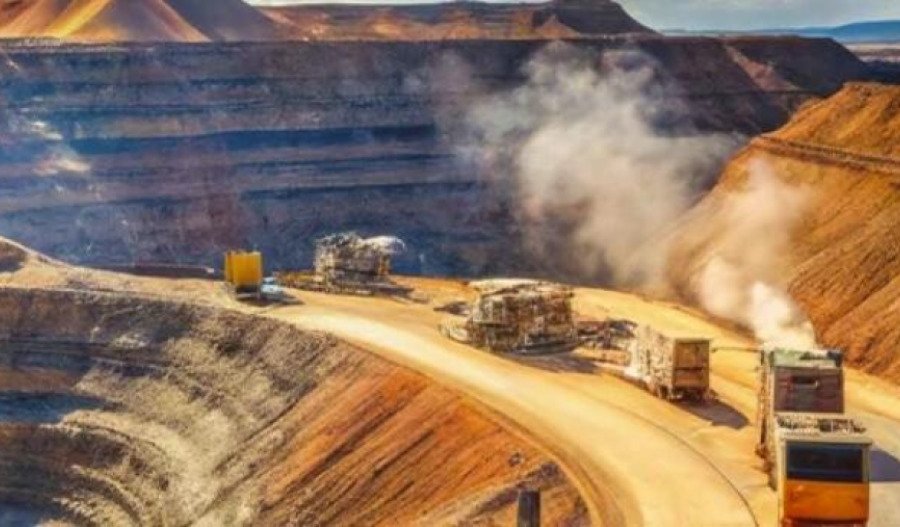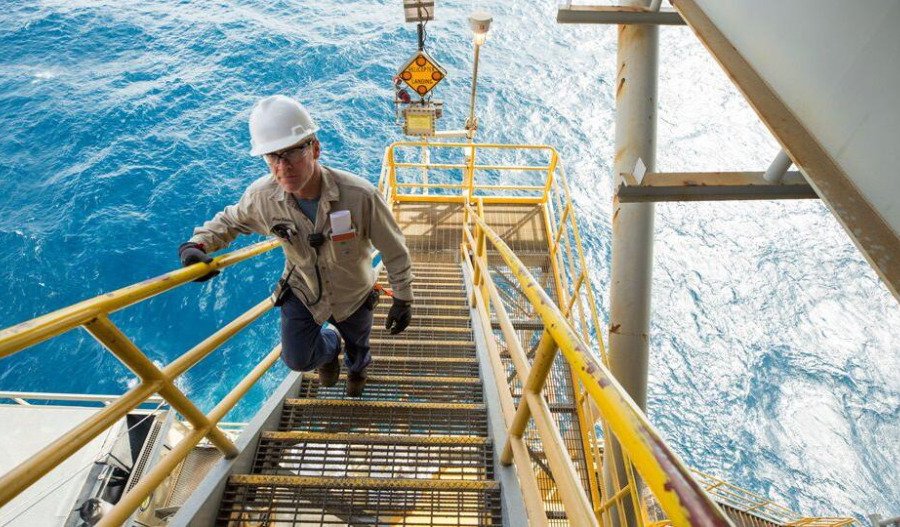The 27% fall in Bellevue Gold’s (ASX: BGL) share price at the open today is a reminder to investors that not all gold stocks have the ‘Midas touch’, regardless of the gold price hitting a new record-high of US$3,245.
The stock resumed trading after a self-imposed three-week suspension, triggered by a trifecta of complications – including debt, capital raising and production issues.
As well as tarnishing investor appetite for the ASX300 gold stock, these issues also raise market speculation that it's looking ripe to be taken over.
Capital raise
This morning Bellevue revealed that it has received firm commitments for a placement from institutional, sophisticated, and professional investors to raise a total of $156.5 million before costs.
What clearly irked investors were revelations that funds were raised at $0.85 per new share - a 25.8% discount to its last traded price of $1.145.
Management noted that the placement received strong support from existing and new leading domestic and offshore institutions, with overall demand received for new shares significantly in excess of the placement size.
“We are extremely pleased with the very strong support for the placement… alongside the updated mine plan, the strengthened balance sheet and close out of near-term hedge contracts provides Bellevue with increased exposure to record spot gold prices through to the end of 2025,” said CEO Darren Stralow.
Was the equity raise undercooked?
However, brokers are starting to question if the $156.5 million raised is sufficient equity to end the price contracts it had locked in a year ago when the gold price was significantly lower.
Moelis Australia says an apparent failure to honour debt/hedge obligations has potentially triggered a breach.
The broker suspects Bellevue has used the current inflection point to pull back stretch targets, while using another round of equity to shore up its balance sheet.
It’s understood that Bellevue will use $110 million of the $156 million raised to close hedges, which leaves $40 million in the bank for working capital.
This would leave the company with around $90 million to see the company through the next few quarters.
Production downgrade
Funding issues aside, what’s also weighing on Bellevue’s share price is its production guidance downgrade.
Despite its underground mining ramp up delivering record tonnes, its overall performance during the March quarter was impacted by ‘mining and uncharacteristic geological factors’.
These factors included the deferral of high grade mining areas, dilution and the grade performance of three key stopes located on the outer edges of the orebody.
As a result, FY25 annual guidance, which was heavily weighted to the second half of the year, has been revised down to 129,000-134,000 ounces (previously 150,000-165,000 ounces), with FY25 all-in sustaining costs (AISC) guided to $2,425-2,525 per ounce.
Given the second half outlook (90,000 ounces) – only provided to the market at the end of January – has clearly fallen short, investors have second-guessed new guidance updates.
“Alongside the updated mine plan, the strengthened balance sheet and close out of near-term hedge contracts provides Bellevue with increased exposure to record spot gold prices through to the end of 2025,” said Stralow.
“Coupled with the support of our project lender, we are well funded to deliver significantly improved production and generate strong free cash flow for the remainder of the June 2025 quarter and through FY26.”
Material downgrade
To better reflect lower throughput and capital spend, plus changes to hedge arrangements, Moelis has materially downgraded Bellevue’s assets in NPV (net present value) terms, down 38% to $1.31 billion, pre-tax and exploration and post hedging plus BGL equity.
The Moelis downgrade also factors in the subsequent uptick in near-term cash flow due to full exposure to the gold price for the next nine months.
As a result, Moelis has cut its price target to $0.85 from $1.30 but retained a Hold rating.
Bellevue has a market cap of $1.1 billion making it an ASX300 stock. The share price is down 53% over one year and down 20% year to date.
The stock’s shares appear to be in a long-term bearish trend confirmed by a falling 200-day moving average.
Consensus is Moderate Buy.
This article does not constitute financial or product advice. You should consider independent advice before making any financial decisions.



